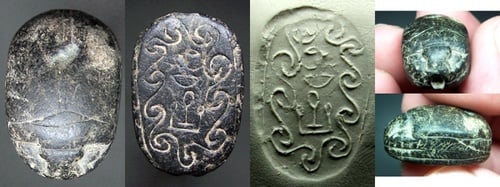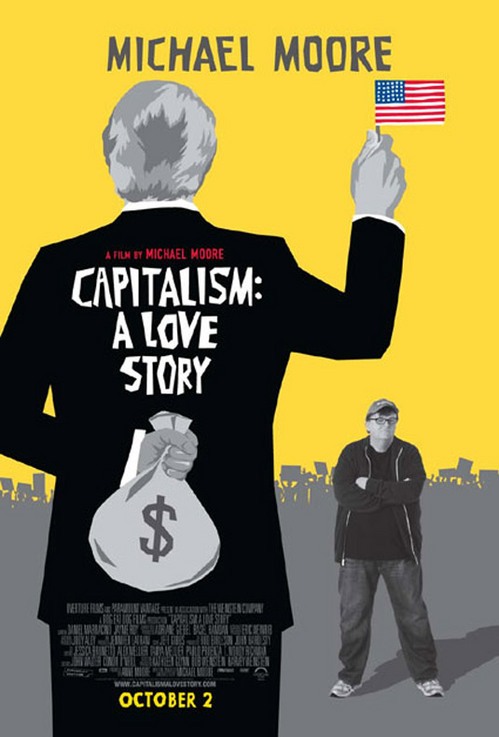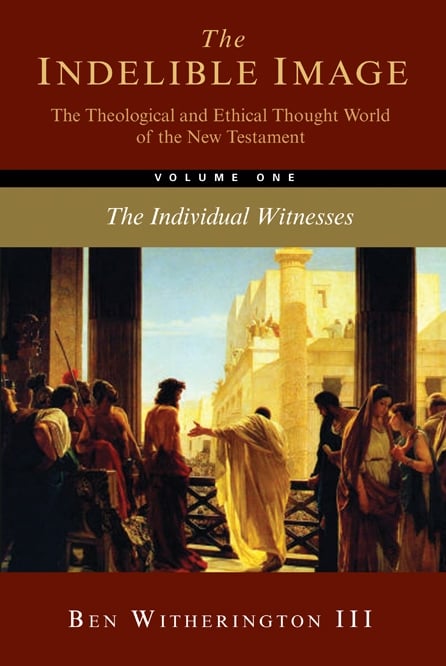The phone call was urgent. Can you do an interview at 5:15 about some coins found in Egypt that are claimed to be from the era of Joseph and even perhaps with his picture on them? Here is the link to the initial story in the Jerusalem Post—
http://www.jpost.com/servlet/Satellite?cid=1253820674074&pagename=JPost/JPArticle/ShowFull
I must admit I was instantly skeptical for several reasons: 1) the use of coins all the way back to the time of Joseph is in historical dispute, and 2) even if there were some coins minted, there is no reason why they should have Joseph’s picture on them. After all, he was never a pharaoh or a king of any country. Other scholars are weighing in on the negative side as well. Here apparently is a picture of what we are talking about—
These are in fact scarabs, not coins. Is it possible scarabs could be used as coins? I suppose it is possible but is there any collateral evidence this was a practice from the Hyksos period of Egyptian history? None that I know of. And while we are at it, do you see any pictures of human faces on these coins? I think not.
Jim Davila of St. Andrews University on the website PaleoJudaica.com has this to say….
THE JUNK HISTORY FILE gets a new entry, once again from Egypt. MEMRI reports:
Leading Egyptian Daily ‘Al-Ahram’ Reports: Coins from Era of Biblical Joseph Found in Egypt
According
to a report in the Egyptian daily Al-Ahram, by Wajih Al-Saqqar,
archeologists have discovered ancient Egyptian coins bearing the name
and image of the Biblical Joseph.Following are excerpts from the article: [1]
“Koranic Verses Indicate Clearly That Coins Were Used in Egypt in the Time of Joseph”
“In
an unprecedented find, a group of Egyptian researchers and
archeologists has discovered a cache of coins from the time of the
Pharaohs. Its importance lies in the fact that it provides decisive
scientific evidence disproving the claim by some historians that the
ancient Egyptians were unfamiliar with coins and conducted their trade
through barter.“The researchers discovered the coins when they
sifted through thousands of small archeological artifacts stored in
[the vaults of] the Museum of Egypt. [Initially] they took them for
charms, but a thorough examination revealed that the coins bore the
year in which they were minted and their value, or effigies of the
pharaohs [who ruled] at the time of their minting. Some of the coins
are from the time when Joseph lived in Egypt, and bear his name and
portrait.“There used to be a misconception that trade [in
Ancient Egypt] was conducted through barter, and that Egyptian wheat,
for example, was traded for other goods. But surprisingly, Koranic
verses indicate clearly that coins were used in Egypt in the time of
Joseph.“Research team head Dr. Sa’id Muhammad Thabet said that
during his archeological research on the Prophet Joseph, he had
discovered in the vaults of the [Egyptian] Antiquities Authority and of
the National Museum many charms from various eras before and after the
period of Joseph, including one that bore his effigy as the minister of
the treasury in the Egyptian pharaoh’s court…“Dr. Sa’id Thabet
added that he had examined the sarcophagi of many pharaohs in search of
coins used as charms or ornaments, and that he had indeed found such
ancient Egyptian coins. This [find] prompted researchers to seek and
find Koranic verses that speak of coins used in ancient Egypt, [such
as]: ‘And they sold him [i.e. Joseph] for a low price, a number of
silver coins; and they attached no value to him. [Koran 12:20].’
[Also,] Qarun [2] says about his money: ‘This has been given to me
because of a certain knowledge which I have [Koran 28: 78].'”[…]
I’ll skip over the middle part, which has more of the same, and excerpt the best part at the end:
“One Coin… [Had] an Image of a Cow Symbolizing Pharaoh’s Dream about the Seven Fat Cows and Seven Lean Cows”
“The
researcher identified coins from many different periods, including
coins that bore special markings identifying them as being from the era
of Joseph. Among these, there was one coin that had an inscription on
it, and an image of a cow symbolizing Pharaoh’s dream about the seven
fat cows and seven lean cows, and the seven green stalks of grain and
seven dry stalks of grain. It was found that the inscriptions of this
early period were usually simple, since writing was still in its early
stages, and consequently there was difficulty in deciphering the
writing on these coins. But the research team [managed to] translate
[the writing on the coin] by comparing it to the earliest known
hieroglyphic texts…“Joseph’s name appears twice on this coin,
written in hieroglyphs: once the original name, Joseph, and once his
Egyptian name, Saba Sabani, which was given to him by Pharaoh when he
became treasurer. There is also an image of Joseph, who was part of the
Egyptian administration at the time.“Dr. Sa’id Thabet called on
Egypt’s Antiquities Council and on the Minister of Culture to intensify
efforts in the fields of Ancient Egyptian history and archeology, and
to [promote] the research of these coins that bear the name of Egyptian
pharaohs and gods. This, he said, would enable the correction of
prevalent misconceptions regarding the history of Ancient Egypt.”
Where
does one start with this sort of thing? Coins weren’t invented until
something like the seventh-to-sixth century BCE in Asia Minor. The
Joseph story, if it has any historical basis at all, is perhaps a vague
memory of events of the Hyksos era or perhaps even later. There is no
archaeological evidence for the existence of Joseph as a real person
and any such find would receive immediate, enthusiastic, international
attention. I don’t know anything about the so-called researchers cited,
but I will be very interested to see if Dr. Zahi Hawass
has any comments. Meanwhile, are there any Egyptologists or
numismatists out there who can enlighten us as what artifacts are being
discussed here and what they really are?
Via Joseph I. Lauer,
who asks, “was September 22, 2009, the date of the article underlying
the following report, the Egyptian April Fools Day?!”
UPDATE: No
replies from Egyptologists or numismatists but reader Daniel O.
McClellan e-mails to note that photos of the two bigger scarabs at the
bottom of the article’s photo are found here and here. And reader Larry Rabinovich e-mails to note an online review
by Morris Silver, whom I don’t know but whom Larry says ” I believe to
be a respected economic historian” and “who takes issue with the
consensus that coins did not exist until the 7th century BCE or so. He
feels that some of the items described in the sources qualify as
coinage.” Fair enough, but as usual with such things, when I’m not an
expert I am going with the (apparently very strong in this case)
consensus until I see peer-review articles or monographs by experts (in
this case numismatists) which argue otherwise. And the business about
Joseph being named and pictured on one of these “coins” is
nonsensically described (the period Joseph is supposed to have lived in
is much later that that of the earliest hierogylphs) and is not to be
taken seriously.
posted by Jim Davila |
9:47 AM
————
In short, as my grandmother once said— don’t be so open minded that your brains fall out.
BW3

